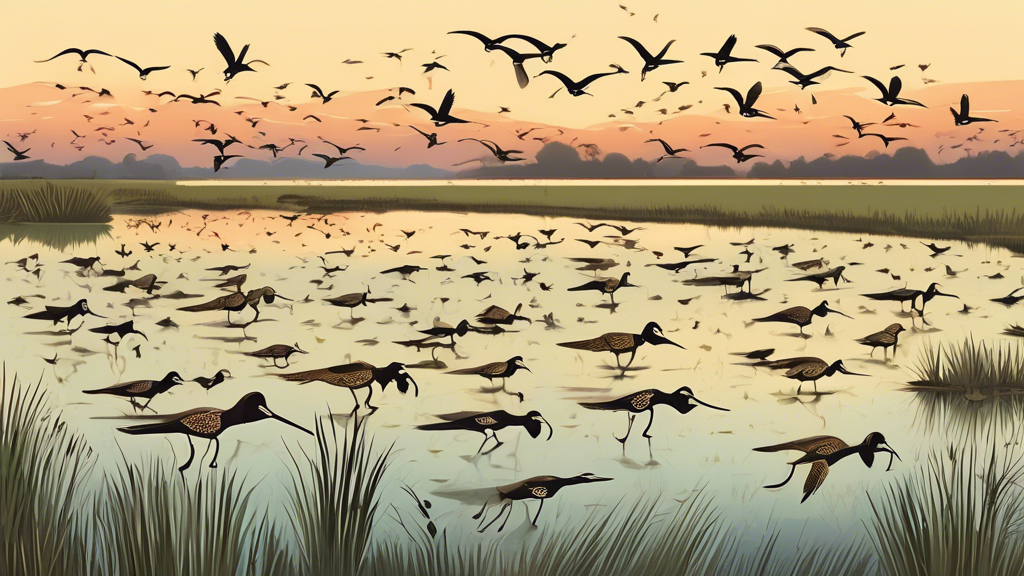15 Facts About World Curlew Day (April 21st)
World Curlew Day is celebrated every year on April 21st, a date dedicated to raising awareness about these unique birds and the conservation issues they face. Here are 15 interesting facts about this special day and the curlews it honors.
1. What is a Curlew?
Curlews are a group of large, long-legged wading birds, part of the family Scolopacidae, which includes sandpipers and other relatives. They are most notable for their long, down-curved bills, used to probe into mud and sand for invertebrates.
2. The Origin of World Curlew Day
The idea for World Curlew Day was initiated by Mary Colwell, a nature writer and broadcaster, in an effort to highlight the declining numbers of these birds across the globe.
3. Why April 21st?
April 21st was chosen for World Curlew Day because it falls within the migratory period for many curlew species, making it a pertinent time to draw attention to their journey and the challenges they face along the way.
4. A Day of Global Significance
This day is celebrated worldwide, with various events and activities organized to spread the word about curlew conservation, from educational programs to guided bird-watching walks.
5. Significance of Curlews in Culture
Curlews hold a significant place in many cultures around the world, symbolizing wilderness and freedom. They are often a subject in literature, poetry, and folklore, underlining their importance beyond biodiversity.
6. The Plight of the Curlew
Curlews are among the most threatened groups of birds. They face various challenges, including habitat loss, climate change, and predation, leading to alarming declines in their populations.
7. Different Species of Curlews
There are several species of curlews, ranging from the well-known Eurasian curlew and the Numenius phaeopus (whimbrel) to the critically endangered slender-billed curlew.
8. Conservation Efforts
Conservation groups around the world are working tirelessly to protect curlews, employing measures such as habitat restoration, breeding programs, and international cooperation to ensure their survival.
9. The Sound of Curlews
The haunting call of the curlew is one of the most distinctive and evocative sounds in the natural world. It plays a crucial role in their mating rituals and territory claims.
10. Curlews as Indicator Species
As wading birds that depend on healthy wetland ecosystems, curlews can serve as indicator species, offering valuable insight into the health of those environments.
11. Citizen Science and Curlews
Public participation in curlew observation and monitoring has become an essential component of conservation efforts, allowing scientists to gather crucial data on their numbers and distribution.
12. Curlew Habitats
Curlews inhabit a variety of habitats, from grasslands and coasts to estuaries and wetlands, highlighting the need for diverse conservation strategies to protect these areas.
13. The Role of Local Communities
Local communities play a vital role in curlew conservation, from participating in habitat management to advocating for protective legislation.
14. Recognition and Awards
World Curlew Day has gained recognition and support from global environmental organizations, governments, and conservationists, earning awards for its contribution to bird conservation.
15. How to Participate in World Curlew Day
Participation can take many forms, from attending local events and educational workshops to sharing information about curlews on social media, every action counts toward raising awareness and promoting conservation.
World Curlew Day is more than a celebration of these extraordinary birds; it’s a call to action to ensure their songs continue to grace the skies for generations to come.




